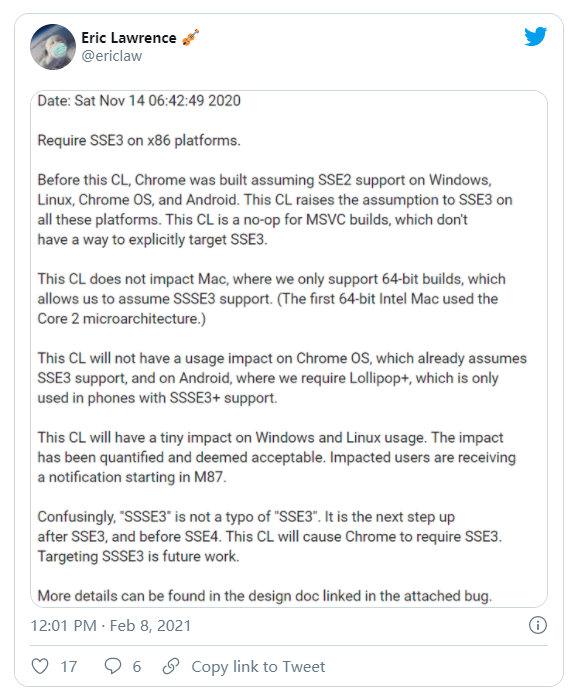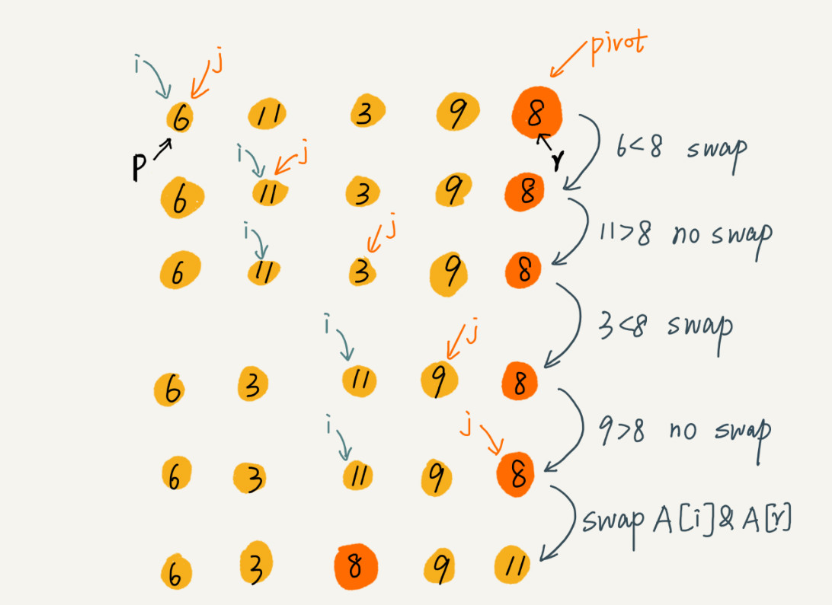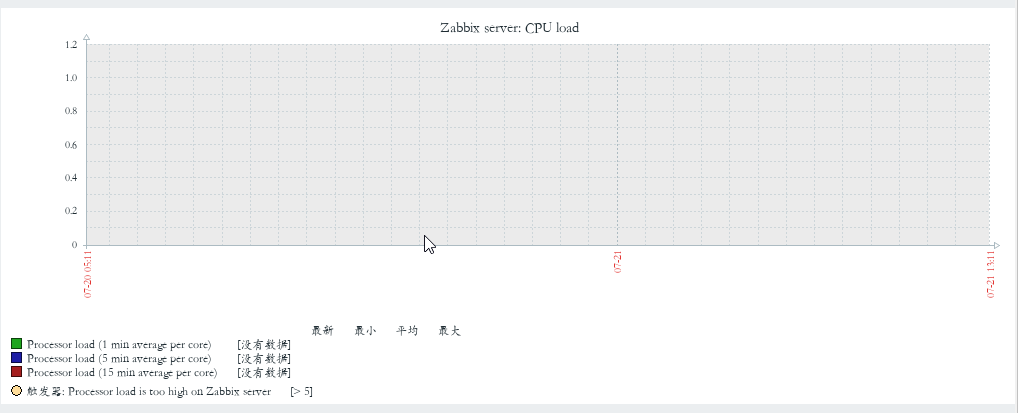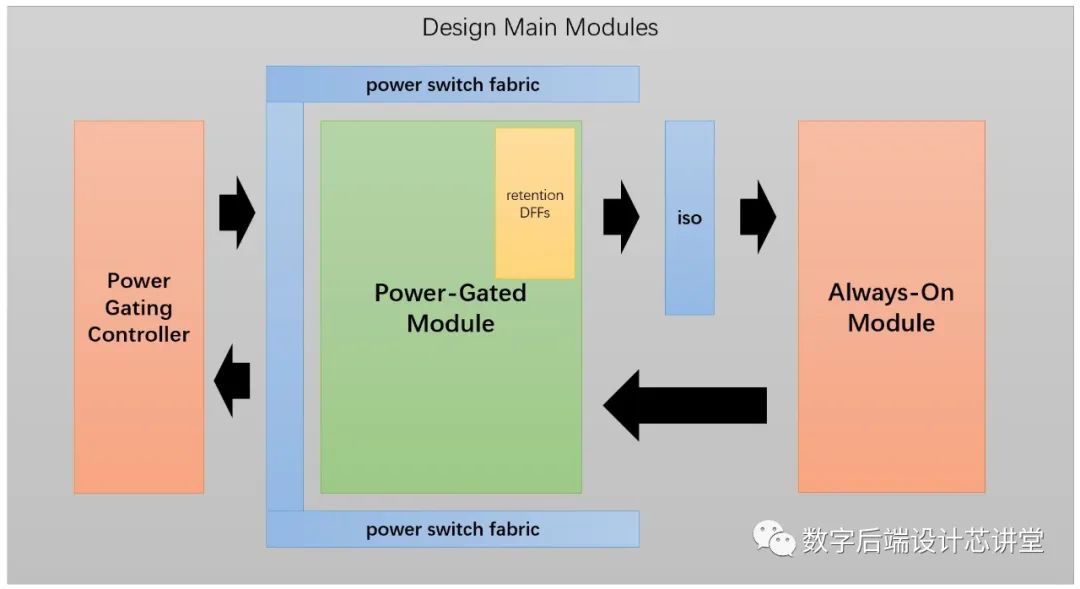I have a situation where I need a set of operations be enclosed into a single transaction and be thread safe from a MDB.
If thread A executes the instruction 1, do not want other threads can read, at least not the same, data that thread A is processing. In the code below since IMAGE table contains duplicated data, coming from different sources, this will lead in a duplicated INFRANCTION. Situation that needs to be avoided.
The actual solution that I found is declaring a new transaction for each new message and synchronize the entire transaction. Simplifying the code:
@Stateless
InfranctionBean{
@TransactionAttribute(TransactionAttributeType.REQUIRES_NEW)
checkInfranction(String plate){
1. imageBean.getImage(plate); // read from table IMAGE
2. infranctionBean.insertInfranction(String plate); // insert into table INFRANCTION
3. imageBean.deleteImage(String plate); //delete from table IMAGE
}
}
@MessageDriven
public class ImageReceiver {
private static Object lock = new Object();
public void onMessage(Message msg){
String plate = msg.plate;
synchronized (lock) {
infanctionBean.checkInfranction(plate);
}
}
}
I am aware that using synchronized blocks inside the EJB is not recommanded by EJB specification. This can lead even in problems if the applicaton server runs in two node cluster.
Seems like EE6 has introduced a solution for this scenario, which is the EJB Singleton. In this case, my solution would be something like this:
@ConcurrencyManagement(ConcurrencyManagementType.CONTAINER)
@Singleton
InfranctionBean{
@Lock(LockType.WRITE)
checkInfranction(String plate){
1...
2...
3...
}
}
And from MDB would not be neccessary the usage of synchronized block since the container will handle the concurrency. With @Lock(WRITE) the container guarantees the access of single thread inside checkInfranction().
My queston is: How can I handle this situation in EE5? There is a cleaner solution without using synchronized block?
Environment: Java5,jboss-4.2.3.GA,Oracle10.
ACTUAL SOLUTION
@Stateless
InfranctionBean{
@TransactionAttribute(TransactionAttributeType.REQUIRES_NEW)
checkInfranction(String plate){
1. imageBean.lockImageTable(); // lock table IMAGE in exclusive mode
2. imageBean.getImage(plate); // read from table IMAGE
3. infranctionBean.insertInfranction(String plate); // insert into table INFRANCTION
4. imageBean.deleteImage(String plate); //delete from table IMAGE
}
}
@MessageDriven
public class ImageReceiver {
public void onMessage(Message msg){
infanctionBean.checkInfranction(msg.plate);
}
}
On 20.000 incoming messages (half of them simultaneously) seems the application works ok.





